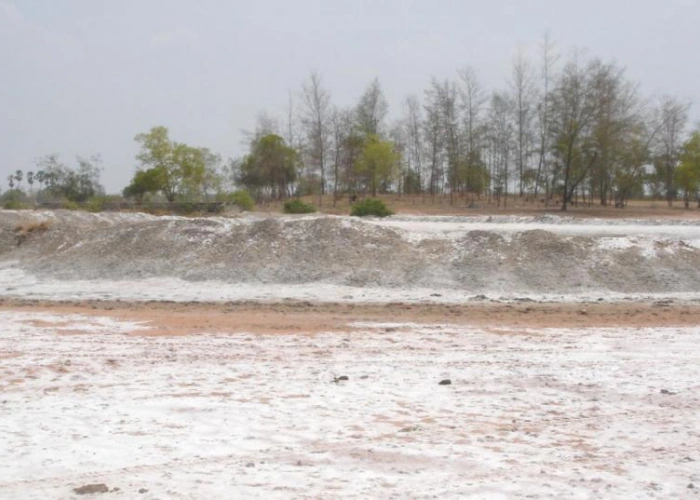Adapting to Salinity in the Southern Indus Basin

Adapted from the project website
This project aims to develop and investigate adaptation options and strategies with people managing and living in salinity affected agricultural landscapes in the southern Indus Basin.
Australia and Pakistan share the challenges of developing agriculture within water scarce, salinity affected landscapes. As with the Murray-Darling Basin, salinity in the Indus Basin can be categorised as both primary (i.e. a natural phenomenon) and secondary (i.e. human-induced salinity/waterlogging from irrigation). Secondary salinisation in Pakistan is primarily a result of irrigated agriculture, which adds approximately 15 million tonnes of salt annually to the Indus Basin. Salinity affects at least 4.5 million hectares of land across the country, and 54% of the lower part of the Indus Basin. Increased dependence on poor quality groundwater, due to limited and unreliable surface water supplies, is accelerating the extent and severity of land salinisation.
The project is designed to be the start of a long-term research program across Pakistan's salinity affected landscapes, bringing in a wider range of partners. A key intended output from this project is therefore a set of newly funded, or ready to be funded, project proposals co-designed with a range of different actors, to scale out strategies for community-based adaptation planning across Pakistan’s salinity affected landscapes.
- Newly developed and existing knowledge about salinity in the southern Indus Basin of Pakistan is available for the staff of Pakistan-based projects, programs and organisations relevant to agricultural development.
- The project’s case study community members and their institutional support networks have improved understanding of the opportunities for, and constraints to, current options for adapting to salinity.
- Individuals and groups (including women and youth) from the project’s case study communities are building capacity to plan their own futures for adapting well to salinity.
- Relevant government departments, policy makers, donors and other institutions have engaged with and are supporting locally and collaboratively determined adaptation planning and action, including through co-development of future participatory research projects.
Read the project fact sheet here